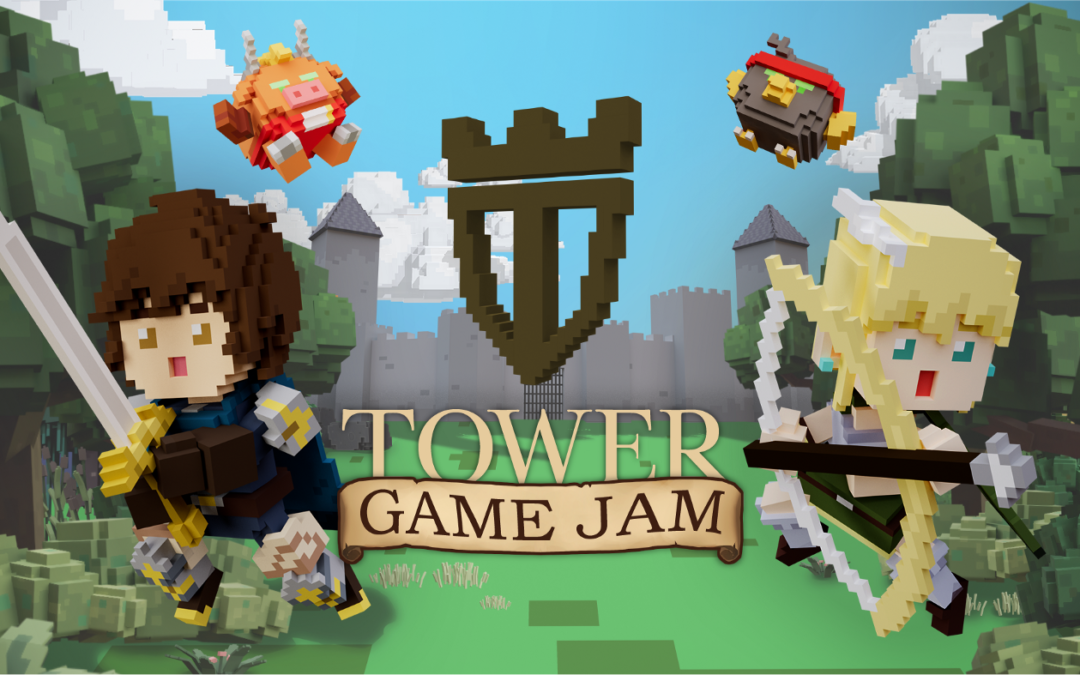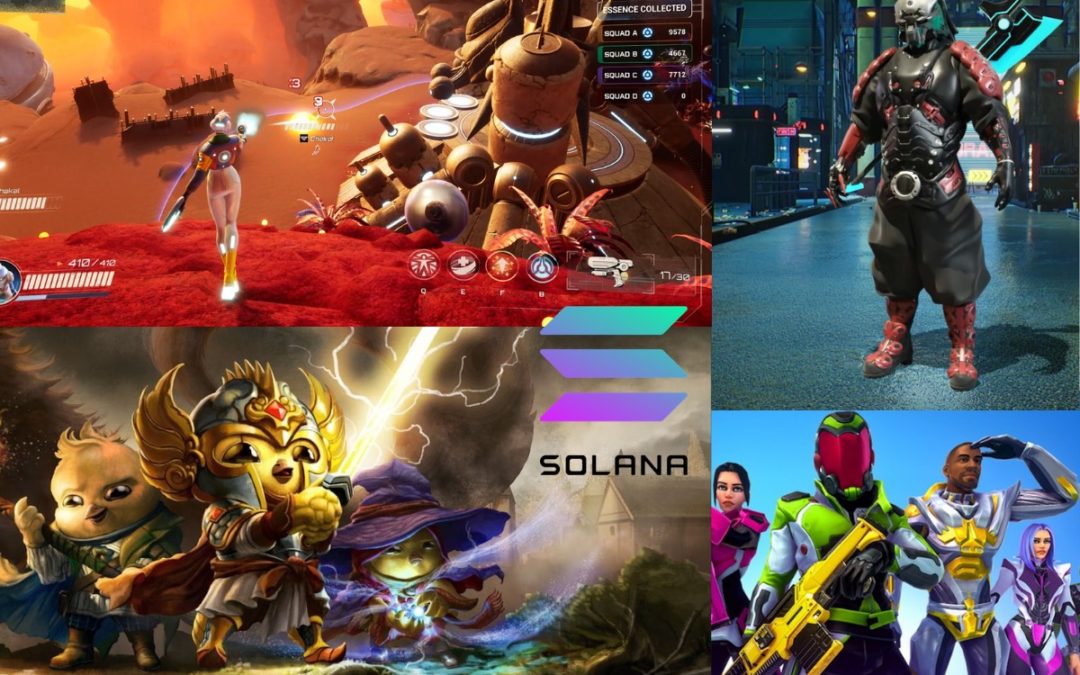Gamers have long nursed the idea of running away into virtual worlds where they can carry out their greatest fantasies without limits. This idea formed the direction of most modern games long before talks of the metaverse gained traction. Gamers were already living in the metaverse long before it came to the mind of developers. But what is the metaverse? That’s what we’re set to find out in today’s article.
Writers First Came Up With the Idea of a Metaverse
The metaverse in itself is not a novel idea. In fact, Neal Stephenson in his 1992 science fiction novel “Snow Crash”, which envisioned a virtual reality based successor to the internet, coined the name metaverse.
In Snow Crash, people explored an online world using digital avatars of themselves, often as a way to escape a dystopian reality.
More recently, Ernest Cline in his 2011 novel “Ready Player One”, which was later adapted into a movie for the big screen, further popularized the idea of a metaverse.
Ready Player One pictured a futuristic world in 2045 that was gripped by global warming and an energy crisis. This led to a widespread socio-economic catastrophe which people could only escape by transporting themselves into a fantasy virtual world called OASIS.
In a way, the scenario painted by Cline in his novel is very similar to the idea of a metaverse described to us by Mark Zuckerberg. For one, the people in Ready Player One accessed Oasis through virtual reality headsets and wired gloves. The only difference is that in Zuckerberg’s reality, the metaverse is the protagonist.
The metaverse in itself is not a novel idea. In fact, Neal Stephenson in his 1992 science fiction novel “Snow Crash” – which envisioned a virtual reality-based successor – to the internet coined the name metaverse.
The Evolution of the Metaverse: From Fiction to Reality
It’s been about three decades since Neil Stephenson envisioned the metaverse and a lot has happened since then. But let’s begin with the one event that made the metaverse go viral: Facebook’s entry into the metaverse.

Mark Zuckerberg changed the name of his company from Facebook to Meta on October 28, 2021. According to Zuckerberg, the move shows the company’s new focus on building the metaverse. This, he estimates, could take about five to ten years before the main features of the metaverse become mainstream.
It would appear that this announcement by Zuckerberg was the push the idea of the metaverse needed. Since then, it has received a lot of attention. In fact, the term “metaverse” has become something of a buzzword. But not many are excited by Facebook’s plans for the metaverse, with some referring to it as a techno-dystopian nightmare.
That’s not our focus in today’s article, though. Besides, no one company will ever own the metaverse. The metaverse, just like the internet, is going to be the result of the work of many contributors.
I like the way Jon Lai, a GP at investment firm a16z puts it. He says,
“There’s a lot of building yet to be done. The blockchain, play-to-earn, different types of jobs, virtual economics, all of that are like stepping stones as well as UGC platforms and scaling content creation… It won’t be this shining product launch from some company who just says, ‘Hey! We’ve been working on this for ten years and boom, here’s the metaverse.’ It’s going to be different companies working in completely different spaces on completely different products.” Already, companies like Roblox, Microsoft, and Epic Games are also planning their own metaverses. Nvidia, Square, and even Alibaba have also officially announced their move to the metaverse.
-Jon Lai
But What Exactly Is the Metaverse?
The metaverse is a virtual space where users can interact and perform real-life activities with other people. It is an aggregation of 3D virtual realms that are focused on social connections.
The metaverse combines multiple elements of technology, including virtual reality, augmented reality, mixed reality, and 3D video.
Some other technologies that will aid the development of the metaverse are also already in place. These include ultra-fast broadband speeds, virtual reality headsets, and always-on online worlds. Not all of these technologies are readily accessible right now. However, they are already in place, each playing its role in the evolution of the metaverse.
The metaverse is a virtual space where users can interact and perform real-life activities with other people. It is an aggregation of 3D virtual realms that is focused on social connections.
Qualities of the Metaverse
The venture capitalist Mathew Ball defines the metaverse with seven qualities. He believes the metaverse will:
1. Be Persistent
This means that the metaverse will never reset, pause, or end. It will run indefinitely.
2. Be Synchronous and Live
Events in the metaverse will be prescheduled and self-contained, just like in real life. But it will still be a living experience that exists consistently for everyone and in real-time.
3. Be Without Any Cap to Concurrent Users
The metaverse will be without any cap to users while also providing each user with an individual sense of “presence.” That is, everyone will be able to partake in specific events, places, or activities together, at the same time, and with individual agency.
4. Be a Fully Functioning Economy
Individuals and businesses in the metaverse will be able to create, own, invest, sell, and be rewarded for an incredibly wide range of work that produces value, recognizable by others.
5. Span a Variety of Worlds
The metaverse will be an experience that spans both the digital and physical worlds, private and public networks/experiences, and open and closed platforms.
6. Offer Unprecedented Interoperability of Data
And not just data, the metaverse will also come with interoperability of digital items/assets, content, and so on.
Assets, items, and content obtained from a platform on the metaverse can be used across other platforms. And each of these platforms in the metaverse would only require one password to access.
7. Offer A Diverse Range of User-Generated Content
The metaverse will be populated by content and experiences created and operated by an incredibly wide range of contributors. Content will not just come from independent individuals. It will also come from informally organized groups as well as commercially-focused enterprises.
The Metaverse Gold Rush
The metaverse is at a stage of heavy development, and big tech companies have joined the gold rush to build this virtual world and the infrastructure it needs to function. These companies already own platforms that they believe will function in the metaverse. And this has fostered a vested interest on the part of these companies to build metaverse solutions.
Proponents of the metaverse believe that users will work, play, and socialize with friends in certain activities like concerts, conferences, and virtual trips.
Speaking of, on November 19 2021, the famous American musician, Justin Bieber, held a 30-minute virtual concert on the virtual music platform, Wave. His avatar sang his latest album, “Justice” to an audience of about 10.7 million participating virtually.
The Metaverse Is Disrupting Our Lives Already
The metaverse clearly is not a topic to be cast aside because of the impact it will have on various aspects of our lives. In fact, it is already disrupting life as we know it today.
The Future of Work

Let’s take a look at the way we work, for example. The Covid-19 pandemic forced companies to look towards remote collaborations for work, which led to the rise of platforms like Zoom and Slack.
Now, although we are slowly returning to life before the pandemic, from the look of things, remote work is here to stay. The virtual solutions making remote work possible have opened up opportunities for collaboration that are not hindered by location and time. A success that the metaverse will build on and make even more efficient and convenient for both employers and employees.
The future of work may look like sitting in the comfort of your house, strapping on a VR headset or an AR device, and carrying out activities from 9 to 5. With our lives increasingly becoming online, transitioning into this should not be long from now or difficult.
Ecommerce
E-commerce will also be transformed hugely by the metaverse. The pandemic was a blessing in disguise for the e-commerce industry. Companies developed online shopping and delivery in order to stay afloat and meet the demands of their customers.
This is certainly not going away with the coming of the metaverse. Instead, it’s going to be greatly enhanced. So, in the metaverse, instead of scrolling through a web page or visiting a physical store, consumers will explore the stores from the comfort of their homes with all the in-store experiences akin to visiting the physical store.
Consumers will also have an interactive in-store experience, try out products, and get clarification on products that will aid the purchasing process.
Social Networking
It’s obvious that the future of social networks is the metaverse, and it might make screens obsolete for social connections.
The metaverse social media experience will be different, though. It may look like a walk through an open space, a park, or a street. And instead of typing comments on pages, social interaction will evolve to friends engaging in real-time communication on various social media platforms.
Money

Every platform that hosts human interaction needs to provide a channel for transactions among members because transactions are part of socialization. There will be transactions between users in the metaverse as there already is on the internet today. This interaction will cast a new shade to money as we know it.
As a virtual world, it makes sense that the medium of transaction in the metaverse is virtual money. Virtual money already exists in the form of cryptocurrency and other virtual assets. So, it looks like the metaverse is building up block by block, and cryptocurrency and decentralized finance are preemptive of money in the metaverse.
One of the qualities of the metaverse as postulated by Matthew Ball is a fully functioning economy. And this economy will function with crypto assets. All the major cryptocurrencies may find their way into the metaverse, or the metaverse might also come with its own crypto.
Whatever the case, for the economy of the metaverse to be fully functional, cryptocurrencies and crypto-assets are a necessity rather than a choice. Cryptocurrencies offer the speed, security, and transparency that are required for a virtual world.
As you know, one thing users will require in the metaverse is an assurance that their transactions and information are secure, and the technical architecture of cryptocurrencies and other crypto assets ensures this. This is one reason I believe that the metaverse cannot do without cryptocurrencies.
Decentralized Autonomous Organizations (DAOs)
Decentralized Autonomous organizations (DAOs) are a foretaste of what organizations or companies will look like in the metaverse. DAOs will seamlessly fit into the metaverse because they run on the same basic technology as the metaverse.
They are democratic, autonomous groups that are developed on smart contracts and etched on blockchain. Although DAOs already exist, we are looking at the mainstreaming of a viable idea when the metaverse fully comes.
Wrapping Up
The metaverse will be as broad as the internet when it fully comes. There are debates if it is an improved version of Web 3.0 or both are one and the same thing. But that’s a debate I wouldn’t want to go into right now.
The point I want to make, however, is this; ignoring talks about the metaverse would be like ignoring talks about the internet before it came to be. It is certain that the metaverse is the next direction for the internet. How long it will take before it is fully integrated, though, is an answer that eludes even big tech companies.
Now you know everything you need to know about the metaverse. What’s your play going to be? Let me know in the comment section.




0 Comments